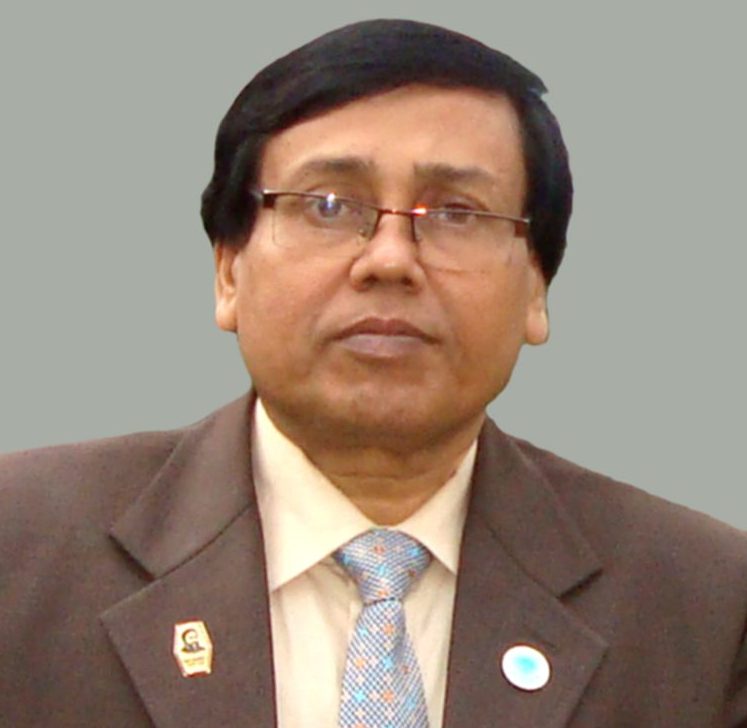- Durbachara is my own village. I was born in this remote village since earliest of sixty decade. This was also the native place of my ancestors from the time immemorial. My native village is located 12 kilo southern part of Kushtia district town. The western part of the village is covered by green vegetation, the fundamental paragon beauty of Bangladesh. Meanwhile, the river Kali, the branch of Gorai, is passing hard time loosing her frenzy .Once upon a time this village was full of Durba grass (special herbaceous weed), that’s why the village is so named Durbachara.
- So far the available historical records, few thousands of Muslims and Hindus are peacefully living in this village keeping fantastic communal harmony from the antiquity. This village played a glorious and vital role at the time of our liberation war since 1971. Durbachara was the safe base of freedom fighters. Our Solim chacha (Younger cousin of my father) played an utmost organizing role to direct the freedom fighters of this areas. The freedom fighters of Durbachara base camp conducted front to front and Guerrilla warfare with overwhelming speedy leaving the love of their lives.
- A horror of front fighting was happened on 05 Sept 1971 at Bangshitala village, adjacent to Durbachara under the leadership of Durbachara base camp’s freedom fighters. Around 100 Pakistani military were killed and 11 freedom fighters lost their valuable lives. They were buried in front of Durbachara Primary School, where I studied. We have a very good mausoleum for the honor of those martyr in front of my Durbachara Primary School.
- At that time this news was aired by Sadhin Bangla Betar Kendro and BBC Bangla service with topmost priority. Therefore I am proud that I was born in this historical impotence based village Durbacha.
-
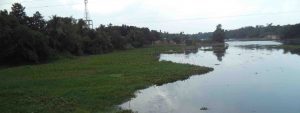 Photograph: Kali River, Eastern part of Durbachara
Photograph: Kali River, Eastern part of Durbachara - PC: Internet

- Photo: Durbachara Primary Shool;PC: My Younger Brother
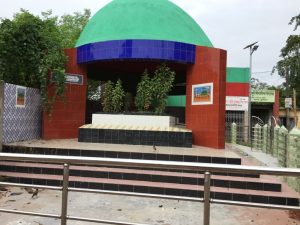 Photo: Mausoleum,in front of Durbachara Primary School
Photo: Mausoleum,in front of Durbachara Primary School - PC: My younger Brother
- Kushtia: Shelaidaha in this district and created some of his memorable poems while living there. Moulovi Afser Uddin (Industrial Minister, British Period), Kamrul Islam Siddque (Founder of LGED), Kazi Aref Ahmed (National Leader and Freedom Fighter), Abdul Zabbar (Late Singer), Abdur Rauf Chowdhury (National Leader, Freedom Fighter and Politician), Mahbubul Alam Hanif (Politician), Hasanul Hoque Enu(Politician, now information Minister) , Barrister Amirul Islam(Lawyer), Barrister Tania Amir(Laywer), Dr. Kazi Motahar Hossain (Scientist), Azizur Rahman (Poet), Abu Zafar (Singer), Ahmed Sharif (Dramatist), Mizu Ahmed(Dramatist), Salah Uddin Lovelu (Dramatist), Farida Parvin (Singer), Mazibar Raman (BRB Group), Nasir Uddin Biswas (Nasir Group), Alauddin (Biddhanuragi, Kumar Khali).
- The renowned and very popular Music composer and Singer S I Tutul has born in Kushtia . He had passed his childhood and boyhood at the place Kamlapur in this district. He is the only several times winner of the National A
- Kushtia is a district in the Khulna administrative division of western Bangladesh. Kushtia has existed as a separate district since the partition of India. Prior to that, Kushtia was a part of Nadia District under Bengal Province of British India. Kushtia was home of many famous people, especially authors and poets. Present day Kushtia is known for the Islamic University, Shilaidaha Kuthibari and Lalon‘s shrine.
- The Shahi Mosque in Kushtia bears the sign of rich cultural heritage of the region from the Mughal period. Kushtia is the birthplace of many historical figures including Mir Mosharraf Hossain (1847–1912), Bagha Jatin (1879–1915) and Lalon Fakir (1774-1890), Alif Zahan Prachurja, an actor of Bangla and Indian movie was born there. He was an knight of film industry. Nobel laureate poet Rabindranath Tagore lived a part of his life at
- ward in Bangladesh (the highest civilian award in Bangladesh) amongst other Band musicians in Bangladesh.
- However, during the British rule Kushtia was not a separate district – it was a part of the Nadia district (now in West Bengal). A municipality was established in Kushtia in 1869.A river port was developed in the district during the reign of Emperor Shahjahan. A railway connection was made in 1860 with Kolkata, capital of British India, which made the town an alluring location for mills and factories, including the Jagneshwar Engineering Works (1896), Renwick and Company (1904), and the Mohini Textile Mills (1919).
- The district of Kushtia had significant contribution to the Bangladesh Liberation War. A 147-member company of the 27th Baluch Regiment of the Pakistan army reached Kushtia on 25 March 1971 from its base at Jessore cantonment. They initially captured the local police station and settled an outpost there, but soon faced considerable resistance from a group of police, ansars, students and local people. By 1 April, the Pakistany army was completely overpowered and the Mukti Bahini took control of Kushtia. Later on 17 April 1971 the Bangladesh Government in-exile formally announced Proclamation of Independence at Baidyanathtala.
- After the independence of Bangladesh several different development projects were
- Kushtia District has an area of 1608.80 square kilometres and is bounded by Rajshahi, Natore, Pabna districts to the North, by Chuadanga, Jhenaidah districts to the South, by Rajbari District to the East, and by West Bengal and Meherpur District to the West.
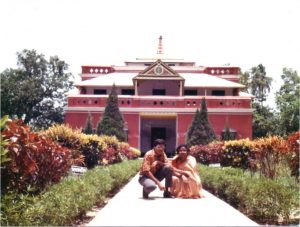 Photo:Nobel laureate poet Rabindranath Tagore House at Shelaidaha Kushtia.PC: My friend by using my camera
Photo:Nobel laureate poet Rabindranath Tagore House at Shelaidaha Kushtia.PC: My friend by using my camera -
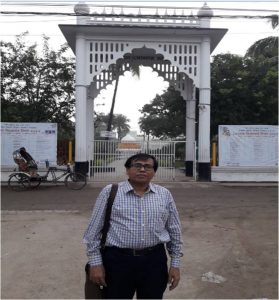
31.10.2017:Lalon’s shrine, Sewria, Kushtia. My picture, in front of main gate of Lalon’s shrine. 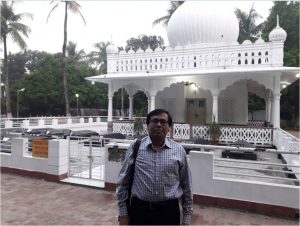
31.10.2017: Lalon’s shrine, Sewria, Kushtia. My picture, in front of main shrine. 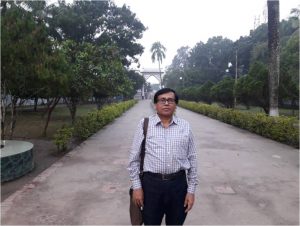
31.10.2017: Lalon’s shrine, Sewria, Kushtia. My picture, in the internal area of Lalon’s shrine. 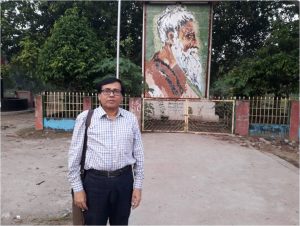
31.10.2017:Lalon’s shrine, Sewria, Kushtia. My picture, outside area of Lalon’s shrine. In front of Lalon’s Morale.
